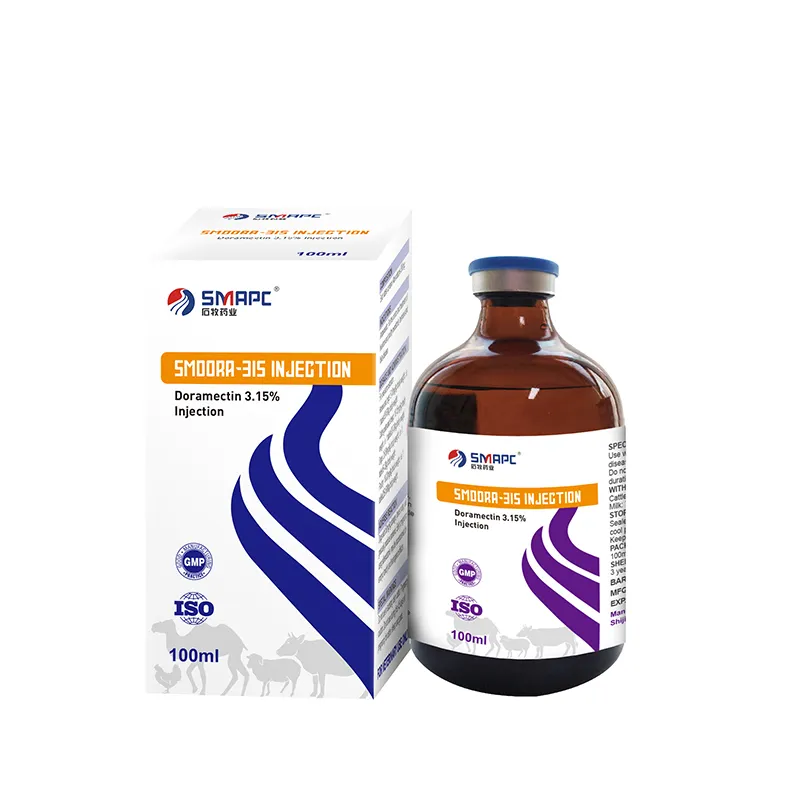2. Chronic Issues Horses with chronic conditions such as arthritis, allergies, or behavioral issues often benefit from homeopathic treatments. Remedies like Bryonia can ease pain and swelling associated with arthritis, while Pulsatilla is commonly suggested for horses with respiratory allergies.






